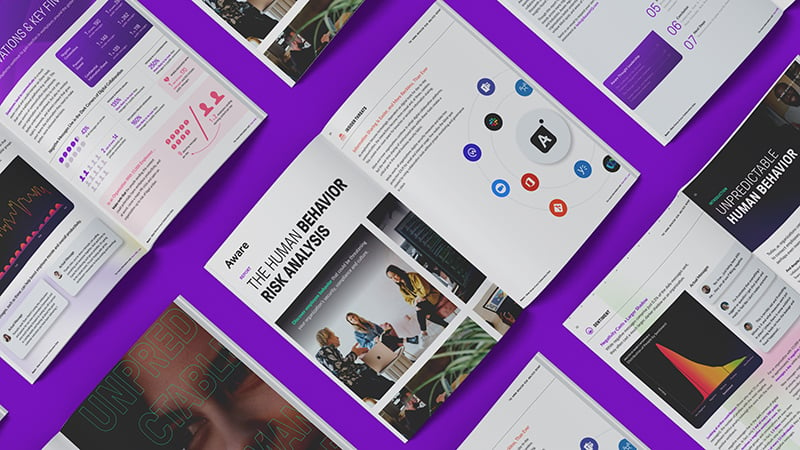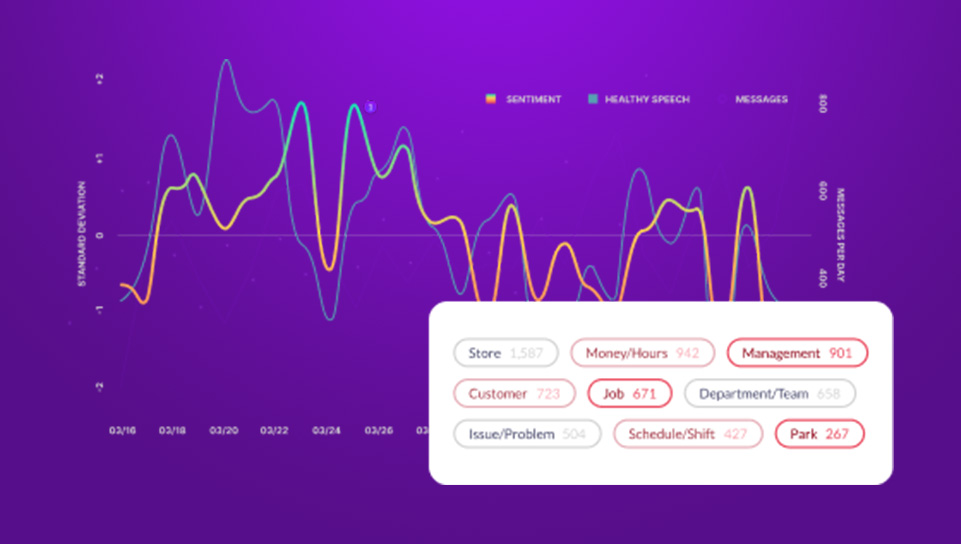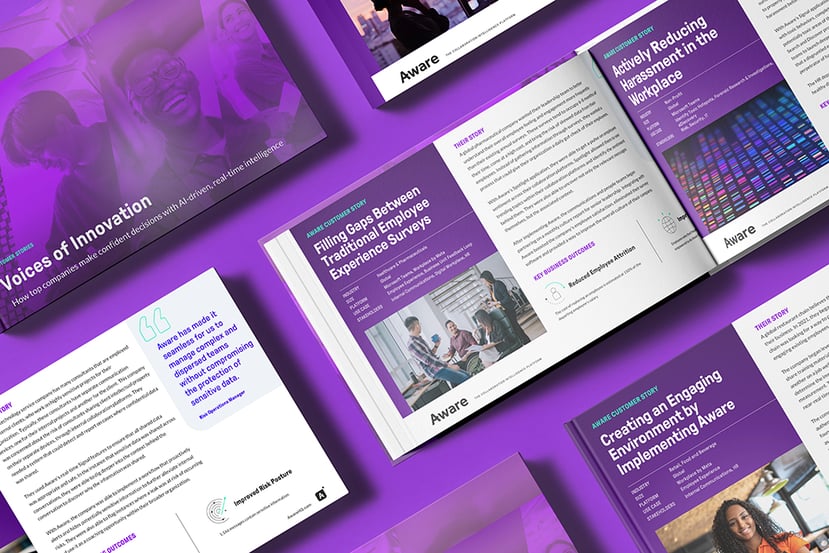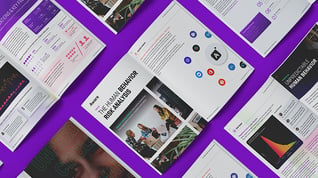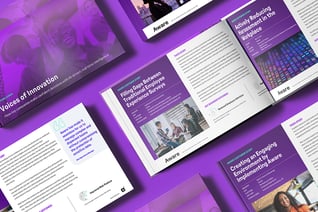Potential Causes and Cost of a Collaboration Platform Data Breach to Your Enterprise
by Aware
In today’s hyper-connected and increasingly competitive environment, businesses have a choice: they can collaborate or they can fail. Collaboration software is revolutionary in the enterprise world, as data shows that collaboration technologies have the power to improve a company’s productivity by 20-30%. That said, we also must consider how much risk comes with this reward.
Collaboration Tools Boast Many Benefits, Along with Potential Risks
Does your enterprise utilize collaboration tools like Slack, Microsoft Teams or Workplace from Facebook? If so, you are likely on track to a more productive, less expensive and more engaged year.
Collaboration tools boast many benefits including travel and communication cost savings, quicker access to knowledge and experts and an overall increase in employee satisfaction. They are great spaces to work together on projects, share files and communicate efficiently. However, without the proper protection, these innovative tools can also lead to liabilities.
What is an insider threat?
An insider threat is a security threat that originates within the organization itself. The attacker could be a past or present employee, stakeholder, board member, contractor, business associate, third-party vendor or anyone who—at any time—had access to proprietary or confidential information within the organization.
Even with today’s technology, pinpointing the source of an insider threat can feel like looking for a needle in a haystack. Insider threats are not always detected before the attacker gains access or causes damage, so plan ahead and assess the potential entry points, before it’s too late.
Collaboration Tools Leave Wiggle Room for Security Risks
Collaboration tools are a great way for your remote and in-house teams to stay connected. However, if not monitored, the free-flowing conversation format can become a goldmine for hackers. Collaboration platforms are working to protect your data from the outside, so it’s important that you protect your data from the inside.
The average cost of a single data breach in 2020 is nearly $4 million. Insider threats are an increasingly common risk to organizations, and sometimes employees are your weakest links. A 2020 statistic shows that nearly 75% of data breaches are due to insider threats. Yet, this high stat doesn’t necessarily mean your employees are out to get you. Negligent, unaware employees account for 84% of these incidents, citing human error as the #1 cause.
Common Gaps in Collaboration Information Governance Strategies
In the first six months of 2019 alone, data breaches exposed 4.1 billion records. When you consider that the average cost of a single breach is nearly $4 million, implementing a strategy to protect your enterprise could make or break its future. Experts project cumulative cybercrime costs up to $6 trillion worldwide by 2021, an increase of $3 trillion since 2015. Yes, that’s trillion, with a T.
As digital workplaces like Slack, Microsoft Teams, Yammer and Workplace from Facebook continue to evolve and grow, so do the risks associated with protecting their users’ data. Aware partners with collaboration platforms to protect your company from unsafe employee behavior, while the platform itself is busy protecting your accumulated enterprise data.
Common risks in collaborative platforms include:
- Weak or Stolen Credentials
Good employees are likely to have good intentions. But, that doesn’t mean they aren’t a threat. Employee negligence is the leading cause of weak and stolen credentials, a fact companies typically find out when something goes wrong. What if you could avoid the sharing of unsafe content with collaboration monitoring, safe-sharing education and content modification restrictions? Oh wait, you can, with Aware.
- Malicious Insiders
Malicious hackers aren’t only working from the outside in. They may already be on your payroll, sitting in on your zoom calls. If you’re questioning the validity of certain employees, consider implementing monitoring software to keep a better eye on your team as a whole.
- Unsafe Sharing of Links and Files
Malware and viruses can stem from many places: unsafe links, compromised emails, unintentional downloads, the list goes on. While it’s hard to prevent everything, there are tools designed to monitor, identify and remove unsafe links and files shared within your collaboration tools. Your employees may not be sharing private data maliciously, but the sharer’s intentions are irrelevant the moment a confidential piece of data hits your public territory. The implementation of monitoring software offers collaboration champions the ability to set rules and guidelines for posting in the first place, saving you time, money and peace of mind.
- External Sharing
Before the pandemic, many organizations used email as their primary mode of external communication for organizations, while collaboration tools housed internal communications among colleagues.
Now, collaboration tools rule the entire communication space and offer external sharing globally. Examples include:
- Slack’s Connect and shared channels,
- Microsoft Teams’ guest access and cross company chat,
- Yammer’s external communities and
- Workplace from Facebook’s multi-company groups (MCGs) and multi-company chat.
Security teams often overlook the potential insider risks in these revolutionary tools, leaving them underutilized and creating blind spots within organizations.
How are your infosecurity teams understanding the data flowing through these tools and ensuring sensitive data is not exfiltrating through these channels?
- Poorly Managed Collaboration Data
Consider that every saved piece of data on your collaboration platform (that includes all shared messages, files, media) is a potential liability that could be hacked, stolen and/or used maliciously against your enterprise. Bi-directional retention policies are a critical piece of any information governance strategy then trying to protect employee and consumer data.
Data Loss Prevention for Collaboration Platforms
Aware is your one stop solution to all of these problems and more. Our technology offers monitoring capabilities to look for risky behavior, and bi-directional retention to purge data across all platforms when keeping it is no longer necessary. Request a demo or download our whitepaper to learn more.
